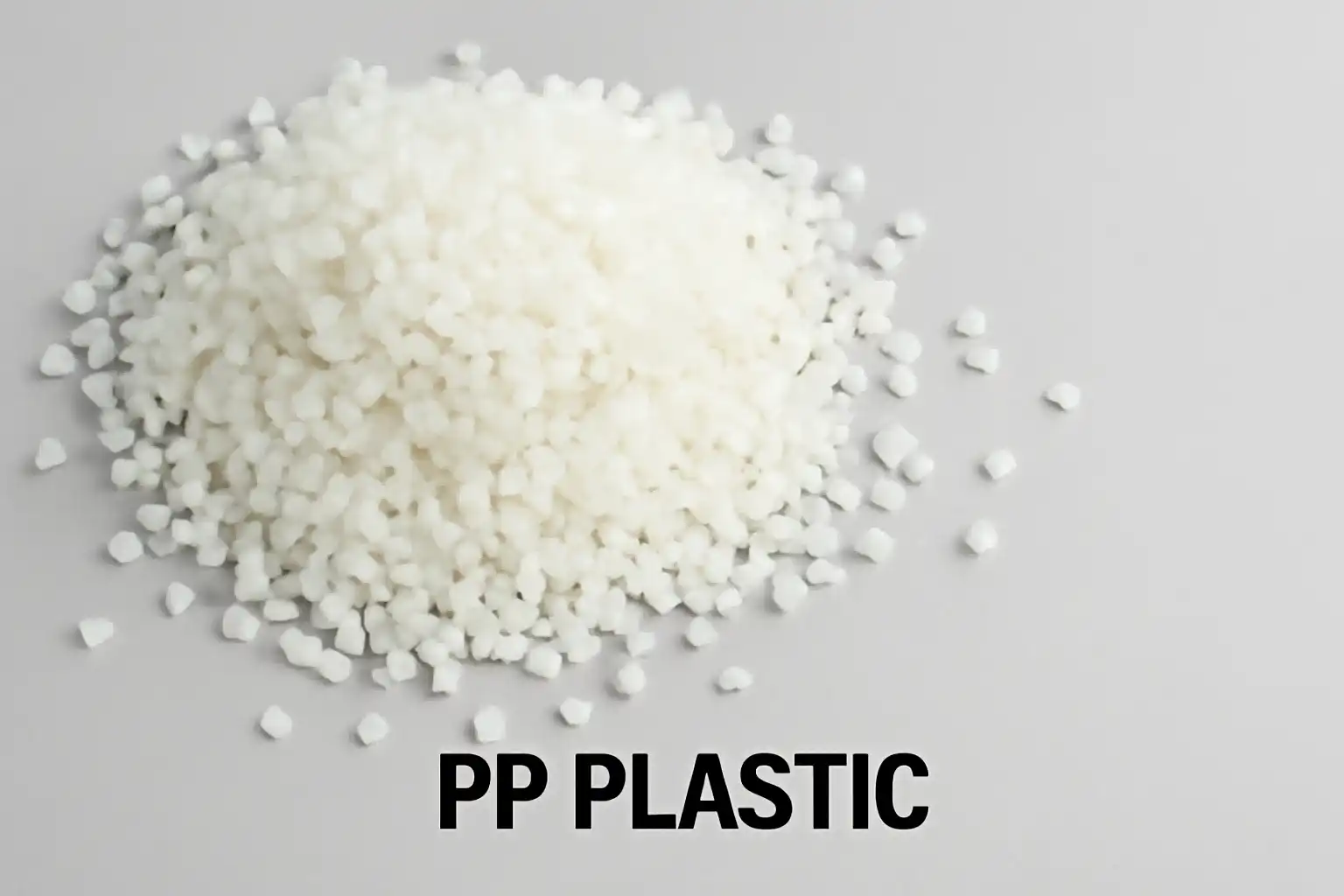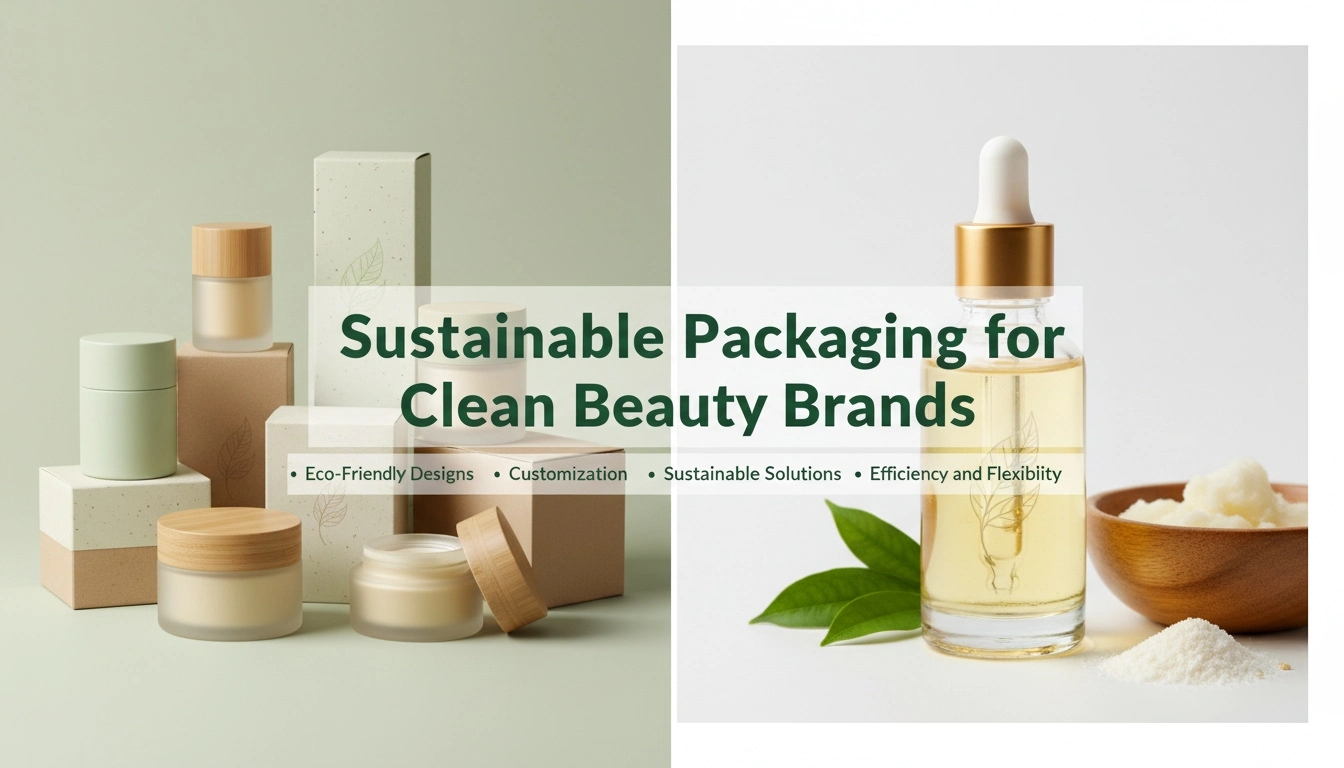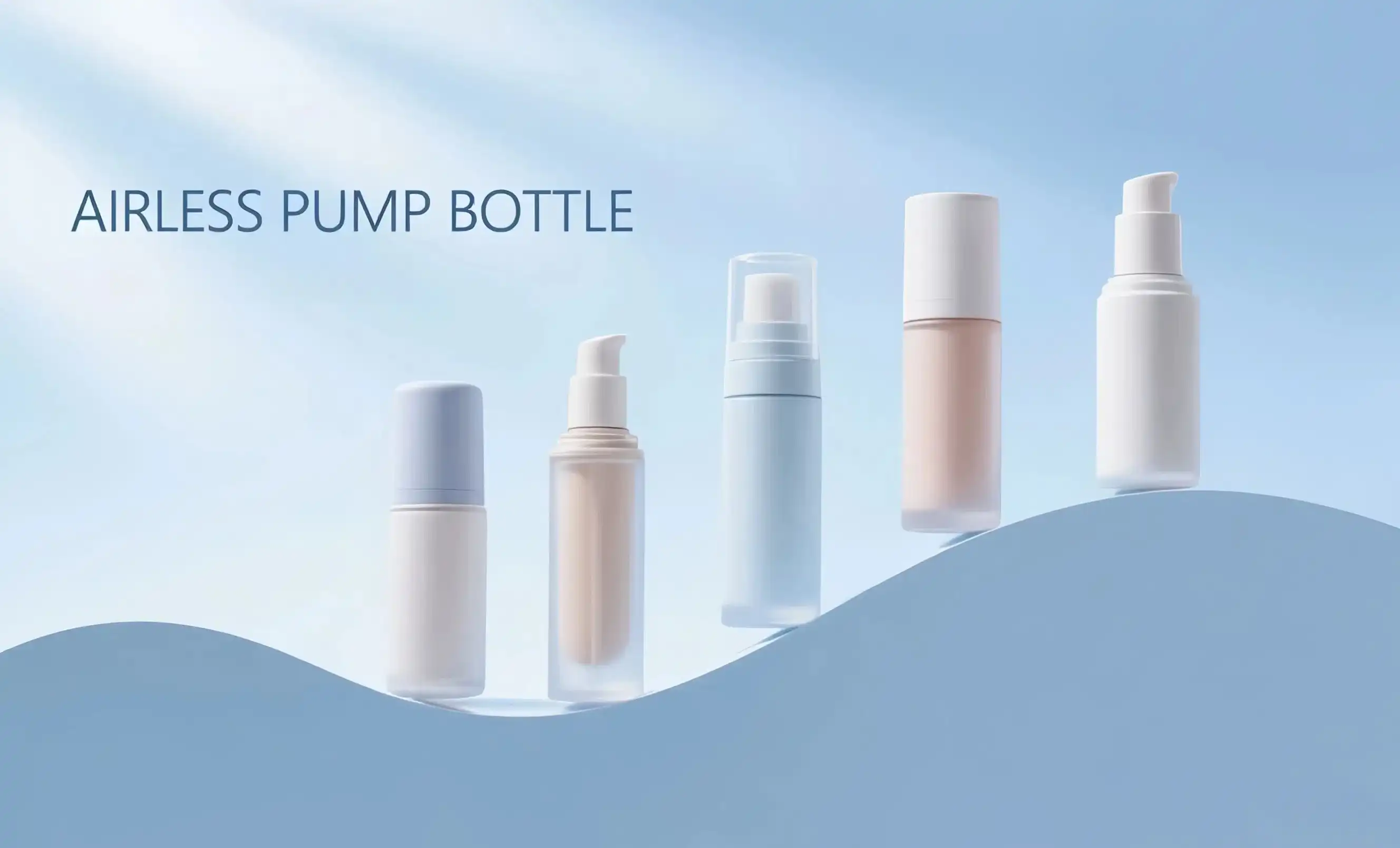Understanding PP Plastic's Unique Color Properties
Polypropylene (PP) is a versatile thermoplastic polymer widely used in the production of airless bottles and components. Its popularity stems from its excellent chemical resistance, durability, and cost-effectiveness. However, when it comes to color matching, PP presents unique challenges that set it apart from other plastics.
Topfeelpack's Approach to PP Color Characteristics
At Topfeelpack, we've extensively studied the color properties of PP plastic to optimize our manufacturing processes. One of the primary challenges we've identified is PP's semi-crystalline nature. This structure affects how light interacts with the material, influencing its appearance and color perception. Additionally, PP's tendency to shrink and warp during cooling can lead to inconsistencies in color distribution across the component's surface.
Another factor to consider is PP's natural translucency. This characteristic can alter the perceived color, especially in thinner sections of the component. To address this, our team at Topfeelpack employs advanced color formulation techniques that account for the material's thickness and opacity variations.

Advanced Techniques for Precise Color Matching
Achieving precise color matching in PP plastic airless components requires a combination of cutting-edge technology and expertise. The process goes beyond simply mixing pigments; it involves a deep understanding of how colors interact with the specific properties of PP plastic.
Spectrophotometric Analysis in Color Formulation
One of the most effective tools in modern color matching is spectrophotometric analysis. This technology allows for incredibly accurate color measurements, capturing subtle nuances that the human eye might miss. By using spectrophotometers, manufacturers can create precise color formulations that account for the unique properties of PP plastic.
Computer-aided color matching systems have also revolutionized the process. These systems use complex algorithms to predict how different pigment combinations will interact with PP plastic, allowing for rapid prototyping and refinement of color formulations. This technology significantly reduces the time and material waste associated with traditional trial-and-error methods.
Overcoming Batch Variation in PP Color Consistency
One of the most persistent challenges in PP color matching is maintaining consistency across different production batches. Even minor variations in raw materials, processing conditions, or environmental factors can lead to noticeable color discrepancies.
Topfeelpack's Quality Control Measures
To combat batch variation, Topfeelpack has implemented rigorous quality control measures throughout our production process. We start with stringent supplier selection, ensuring that our raw materials meet the highest standards of consistency. Our production facilities are equipped with state-of-the-art climate control systems to minimize environmental fluctuations that could affect color outcomes.
We also employ in-line color monitoring systems that continuously check color consistency during production. Any deviations are immediately detected and corrected, ensuring that each batch meets our exacting color standards. Additionally, we conduct regular calibration of our color measurement equipment to maintain accuracy over time.
Another crucial aspect of maintaining color consistency is proper storage and handling of PP materials. PP can be sensitive to UV light and temperature fluctuations, which can alter its color properties over time. Our storage facilities are designed to protect materials from these influences, preserving their color integrity until they're ready for use.
For particularly challenging color matches, we sometimes employ multi-layer molding techniques. This approach allows us to create a base layer that provides opacity and consistency, topped with a thin layer of precisely colored material. This method can achieve color depths and effects that would be difficult or impossible with single-layer molding.
Collaboration with pigment suppliers is another key strategy in our color matching process. By working closely with these experts, we can develop custom color formulations that are optimized for PP plastic and our specific manufacturing processes. This collaborative approach often leads to innovative solutions that push the boundaries of what's possible in PP color matching.
The challenges of color matching in PP plastic airless components are numerous, but not insurmountable. With advanced technology, meticulous quality control, and a deep understanding of material properties, it's possible to achieve consistent, high-quality color matches that meet the exacting standards of the cosmetic industry.
As the demand for customized and visually striking packaging continues to grow, the importance of precise color matching in airless bottles and components cannot be overstated. It's a field that requires constant innovation and attention to detail, but the results speak for themselves in the form of beautiful, consistent, and brand-aligned packaging solutions.
Conclusion
Are you facing color matching challenges with your PP plastic airless components? At Topfeelpack, we specialize in overcoming these complexities to deliver packaging solutions that perfectly align with your brand vision. Our team of experts combines cutting-edge technology with years of industry experience to ensure color consistency across all your airless packaging components. Whether you're a high-end skincare brand looking for premium quality, a trendy makeup line seeking innovative designs, or a DTC brand requiring fast customization and competitive pricing, we have the solutions you need. Don't let color inconsistencies compromise your brand image. Contact us today at pack@topfeelgroup.com to discuss how we can bring your packaging vision to life with precise color matching and superior quality airless bottles.
References
- Johnson, M. (2022). Advances in Polymer Colorants for Cosmetic Packaging. Journal of Packaging Technology and Research, 18(3), 245-260.
- Smith, A. & Brown, B. (2021). Color Consistency Challenges in PP Plastic Manufacturing. Polymer Engineering & Science, 61(8), 2112-2128.
- Lee, S. et al. (2023). Spectrophotometric Analysis Techniques for Precise Color Matching in Plastics. Color Research & Application, 48(2), 301-315.
- Garcia, R. (2022). Quality Control Strategies for Color Consistency in Airless Packaging Production. International Journal of Cosmetic Science, 44(5), 489-502.
- Wilson, D. & Taylor, E. (2021). The Impact of Raw Material Variations on PP Plastic Color Matching. Journal of Applied Polymer Science, 138(24), 50611.
- Yamamoto, K. (2023). Innovative Techniques in Multi-layer Molding for Enhanced Color Effects in Cosmetic Packaging. Packaging Technology and Science, 36(7), 871-885.

 - 副本_1745399213966.webp)

_1747827716538.webp)

